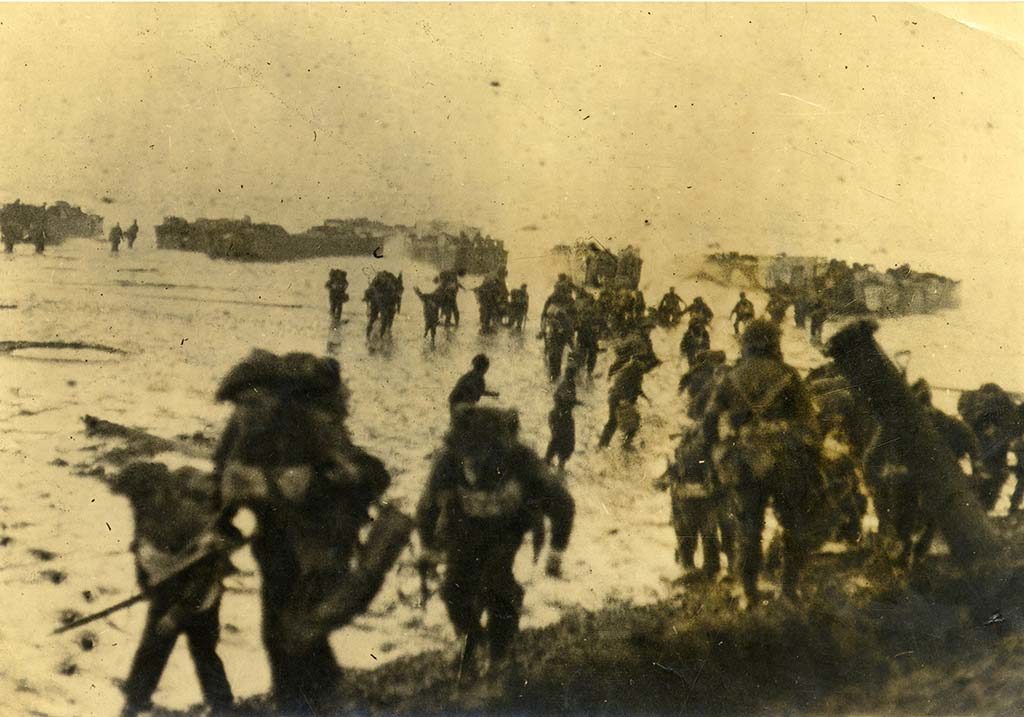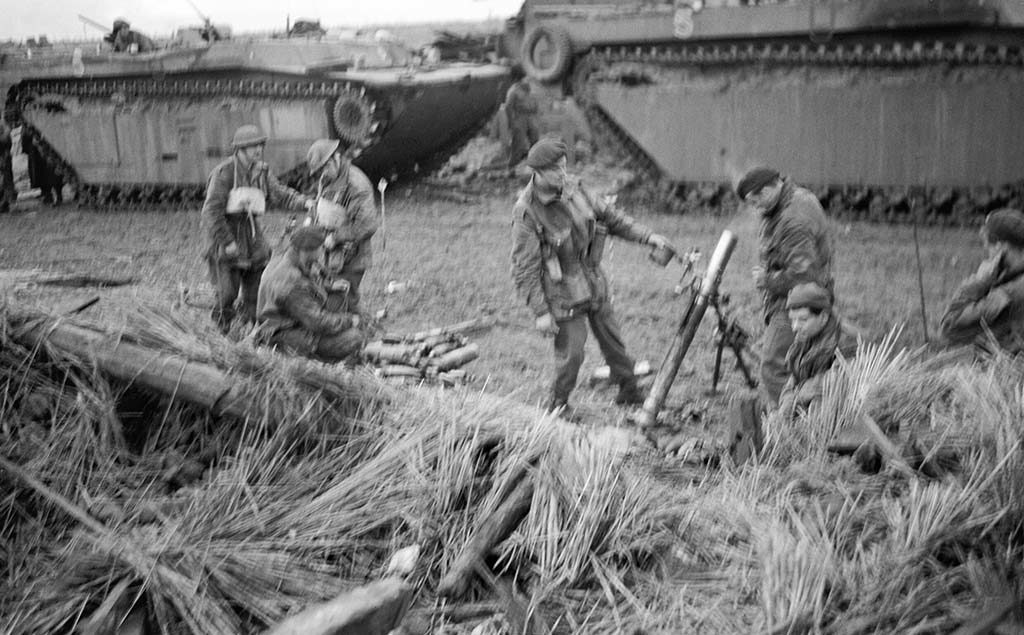- Point of Interest
- Oranjedijk 4381, 4381 Vlissingen, Pays-Bas
The last phase in the battle of the Scheldt was the capture of the island of Walcheren. Walcheren had been incorporated into the German Atlantic Wall and had been heavily fortified during the war. The Allied commanders therefore viewed the capture of Walcheren as the biggest obstacle in the clearing of the Scheldt estuary.
During the war some forty artillery batteries had been placed in concrete bunkers in Walcheren. These were supported by a network of smaller bunkers, trenches and pillboxes, making an attack on Walcheren a difficult undertaking. There were two ways of attacking the island. The first way was to attack it via the only land connection, the 1,200 meter long Sloedam. This dam had been fortified at both ends and progress here was slow. Therefore the main effort of the attack was placed on an amphibious assault.
On 1 November 1944 two amphibious landings were made. The first landing was made at Vlissingen (Flushing) by British, French and Dutch commandos. Their landing had been preceded by a heavy bombardment of the German coastal defences and the commandos went ashore without too many problems. Within a few hours they had managed to capture the city centre of Vlissingen, but the Germans kept offering resistance in the north of the town.
A second landing at Westkapelle went far less smoothly. Four of the heaviest German batteries at Westkapelle were still in operation and engaged a group of 25 British gunboats supporting the landings. After two hours only five of these boats were still in operation, but fortunately the landing craft had been spared and the commando forces managed to go ashore. They engaged the German defenders and silenced the guns.
By the end of 3 November the German resistance between Vlissingen and Westkapelle was broken. A few days later, on 8 November, the fighting on Walcheren came to an end.




